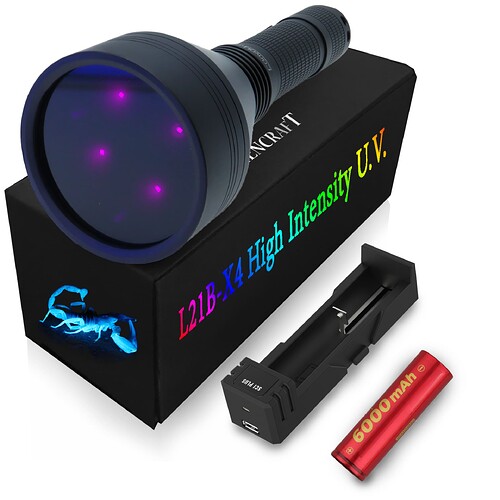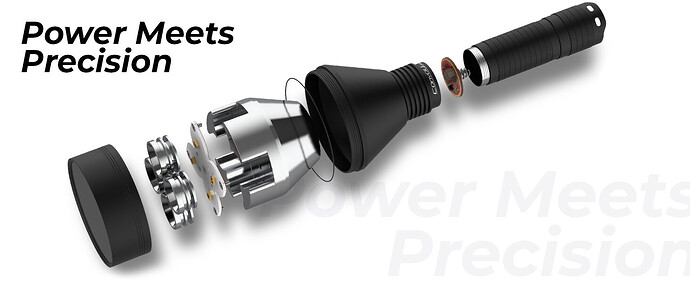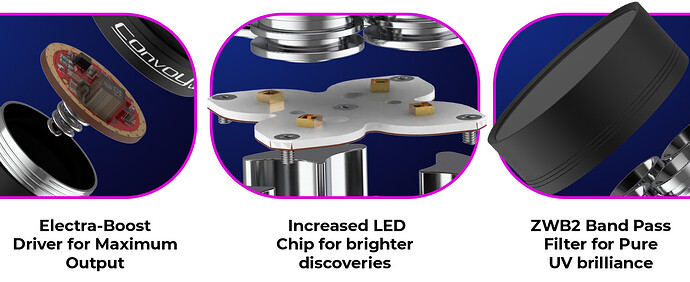2/17/25
BATCH #1 SOLD OUT: Thank you all so much for the overwhelming response!!! If those of you who were able to take advantage of the sale would like to leave a review on amazon or CPF it would mean the world. Thanks again for your support!!
EDIT: 1/14/25 The lights are ready!
EDIT: 2/17/25 Batch #1 Sold Out
I have a small batch of these available for those of you who are interested.
These are available exclusively on HERE: amazon
Please know that I take Flashaholic feedback VERY seriously and invite any of you who try it to let me hear your thoughts.
Something not written on this photo I thought you guys would appreciate, is that this light is RANGE OPTIMIZED. I used flat glass LEDs and Smooth reflectors to extend the range as much as possible, as well as making custom spacers for the reflectors to get exactly perfect focus, which makes a profound differance in how far it can throw.
------------------------------------------------Original Post------------------------------------------------------------------
This is something I’ve been working on for quite a while. It’s not ready to sell yet, but I thought I would share some of the details on how the project is going. This won’t be a cheap light, I want to be up front about that. There are already a ton of cheap UV lights available, I just wanted to make one that is the very best possible with available tech. IE high power, reliable, sustainable, with good range.
I took a Convoy L21B host and with the help of BLF member Hoop, designed a space maximized heat sink to fit in the head.
The LEDs were made to my specification for the project (more on that later). In total there’s over 20 watts of power.
What got me thinking about this build was primarily fluorescent mineral hunting. So I ranged optimized the light as best I could. Even though it has 4x LEDs, its made to be a thrower. Hence the flat glass emitters and SMO reflectors.
Were also going to include a ZWB2 Band pass filter to minimize any discoloration of the target.
-The small stone is a piece of Chalcedony that I stuck in with some other rocks to show an example of how brilliantly it fluoresces compared to it surroundings.
-The stone on the ceiling is fluorescing I think because it’s covered in some type of fungi.








